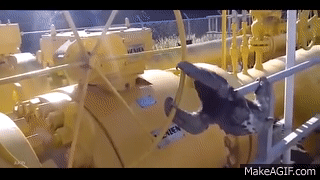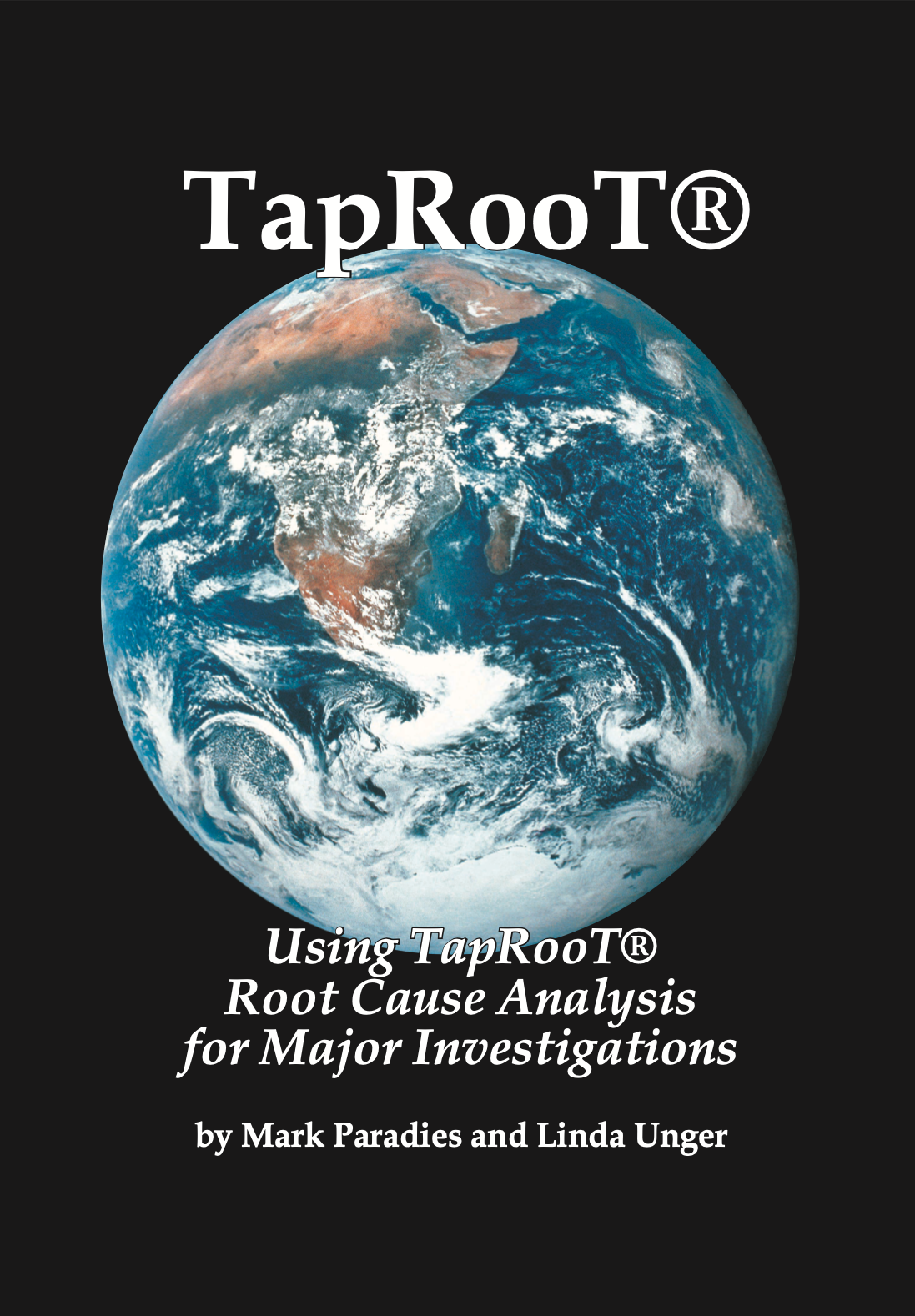Natural Disaster / Sabotage Category on the TapRooT® Root Cause Tree®

What do you do with the Natural Disaster / Sabotage category on the top of the TapRooT® Root Cause Tree®? I recently saw a funny video of a sloth operating a valve at a facility in Peru. The workers at the facility are not allowed to touch the wildlife, so they just have to let the sloth keep turning the valve. Do you think the sloth asked for a salary?
Imagine if that caused an incident. How would that conversation go with your boss?
Investigator: A sloth operated the valve causing the incident.
Boss: Ha Ha good joke, but what really happened?
Investigator: . . .
It made me think about how to approach investigations involving Natural Disaster or Sabotage. Natural Disaster / Sabotage is one of the three categories at the top of the TapRooT® Root Cause Tree.

In my experience, Natural Disaster / Sabotage is a much less common investigation topic than the Human Performance Difficulty and Equipment Difficulty categories. However, there are tons of cases where you can find this root cause leading to issues. Some of the worst disasters in history have an element of Natural Disaster. Think of the failed levees during Hurricane Caterina or the nuclear disaster after the tsunami at Fukushima.

So, how do we approach investigations involving Mother Nature? Well, the best approach is to first look at safeguards. You must identify the hazards, targets, and safeguards that your facility had at the time of the incident.

Your facilities and processes should have considered natural disasters in their risk assessment during design. This will mean you can gather some information from design risk assessments. Also, during your investigation, you should seek to identify three things related to safeguarding.
- Identify the energy that Mother Nature is exerting on your process.
- Identify the current safeguards used to control that energy. Were they missing or did they fail?
- Identify new potential safeguards.
When there is an incident involving a natural disaster or sabotage, there are two common areas where improvement may be made.
- Identifying gaps in your design standards that allowed you to overlook some risks related to natural disasters or sabotage.
- Strengthen your resiliency to newly identified hazards. Increase your defense in depth.
The Corrective Action Helper® Guide recommends you check out the Safeguard Analysis Manual found in Appendix D of TapRooT® Book 4: Major Using TapRooT® for Major Accidents. This section covers both a history of safeguards and several techniques for improving your system.

You could buy a copy of Book 4 at our store, but the best way to learn how to investigate Major Accidents is to attend a 5-Day TapRooT® Advanced RCA Team Leader Course.

The 5-Day Training is for people who investigate low-to-medium risk incidents, precursor incidents, and, perhaps, major incidents (serious injuries, fatalities, major facility upsets, fires, explosions, or significant environmental releases). The course covers the essential TapRooT® Techniques (SnapCharT®, Safeguards Analysis, the Root Cause Tree®, and the Corrective Action Helper®), and the optional tools (Change Analysis, CHAP, and Equifactor®) that are used in a complex investigation. The course covers advanced interviewing and information collection techniques and techniques to improve human performance. In addition, learn proactive use of the TapRooT® System. There are frequent exercises using the TapRooT® Software so that attendees leave with significant practice of the skills they will apply when they get back to work.



